Explanation
In October 1987, E-World began construction on a tower and theme park, completed the master plan for the construction in 1993, and opened it in March 1995. It is a European-style city park decorated with waterfalls, fountains, lights, and flowers, with rides, exhibitions, art spaces, and restaurants that all ages can enjoy. There are theme plazas to provide novelty and enjoyment for visitors at E-World. Representative plazas include the entrance plaza near the ticket office, the central plaza located in Fantasy World, Children's Square with a playground for kids, and Youngtown Square for young people.
Inquiry
+82-70-7549-8112
Homepage
Information Use
Contact and Information : +82-70-7549-8112
Parking facilities : 3 parking lots (about 2,500 parking spaces)
Day off : N/A (Open all year round)
Hours : 10:30-22:00 (* Hours subject to change; refer to the official website)
More information
Restrooms
Available
Admission Fees
[One-day ticket] Adults 49,000 won / Teenagers 44,000 won / Children 39,000 won
[Evening ticket] Adults 35,000 won / Teenagers 33,000 won / Children 33,000 won
* Evening ticket available from 17:00
* Babies (ages 2 and younger) free (83 Cable Car and Merry-go-round included)
* Refere to website for detailed info
Available Facilities
[Fantasy World] Meeting Square, Heart Plaza, Skyway, Tram, Ghost Adventure, Splash Mountain, Aladdin
[Magic World] Frog Jump, Magic Train, Flying Elephant, Mini Viking, Mini Car Racing, etc.
[Adventure World] Bumper Cars, Jet Race, Boomerang, Music Express, Top Spin, etc.
[Dynamic World] Viking, Tamborine, Balloon Race, Ranger, Hurricane, Skycycle, etc.
Parking Fees
3,000 won per vehicle
Location
200 Duryugongwon-ro, Dalseo-gu, Daegu
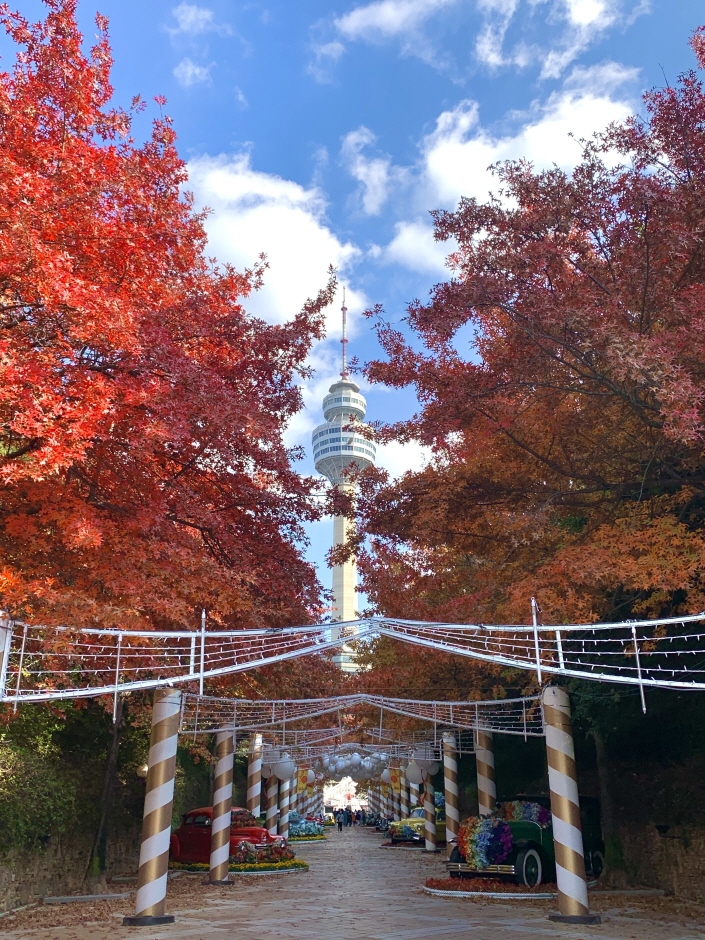
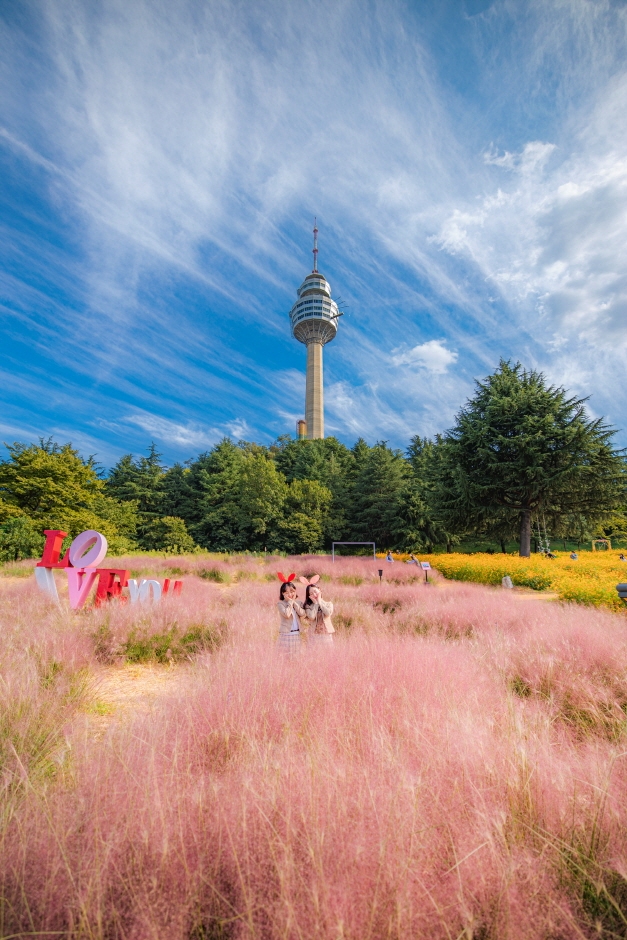
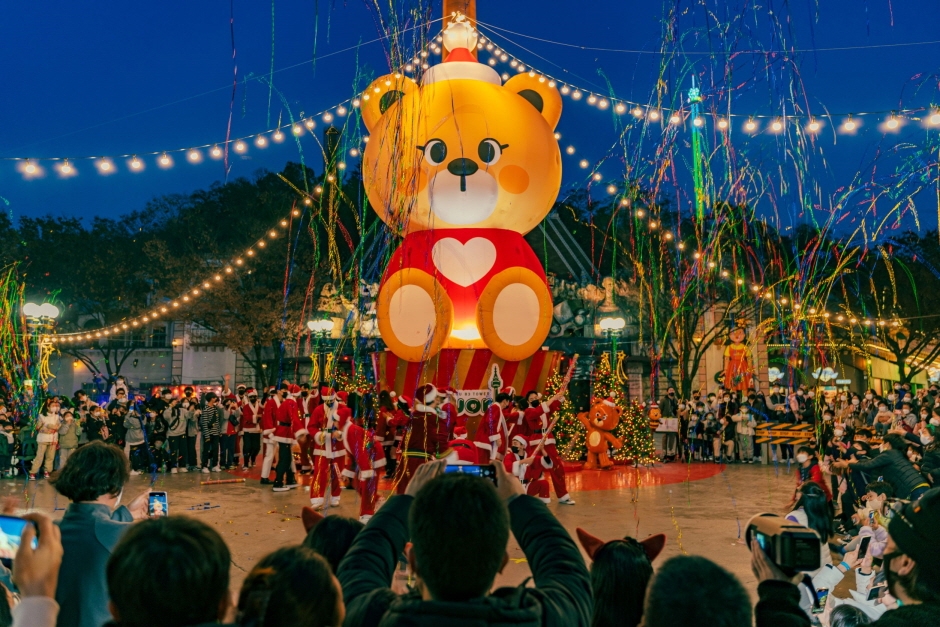
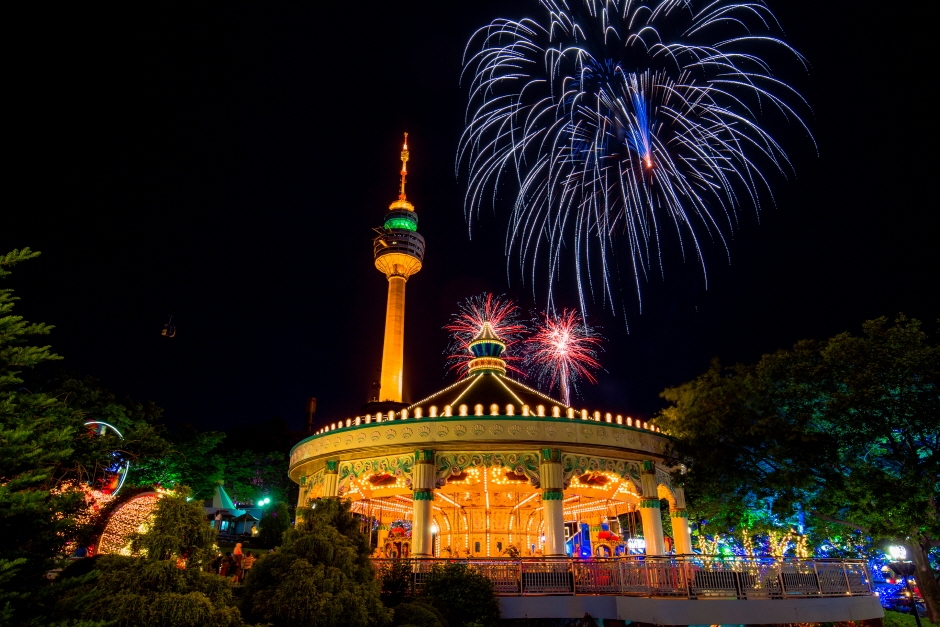
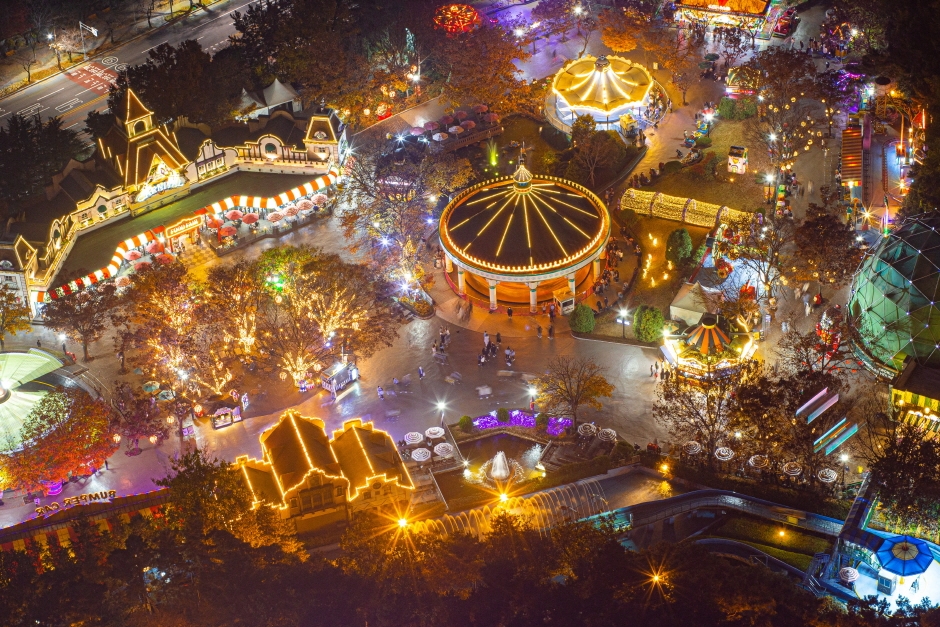
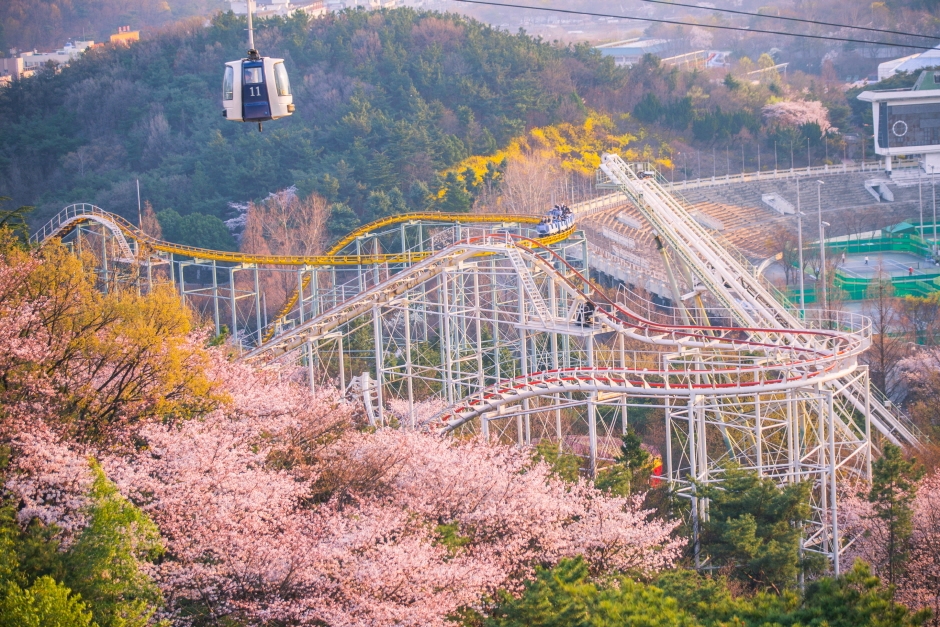
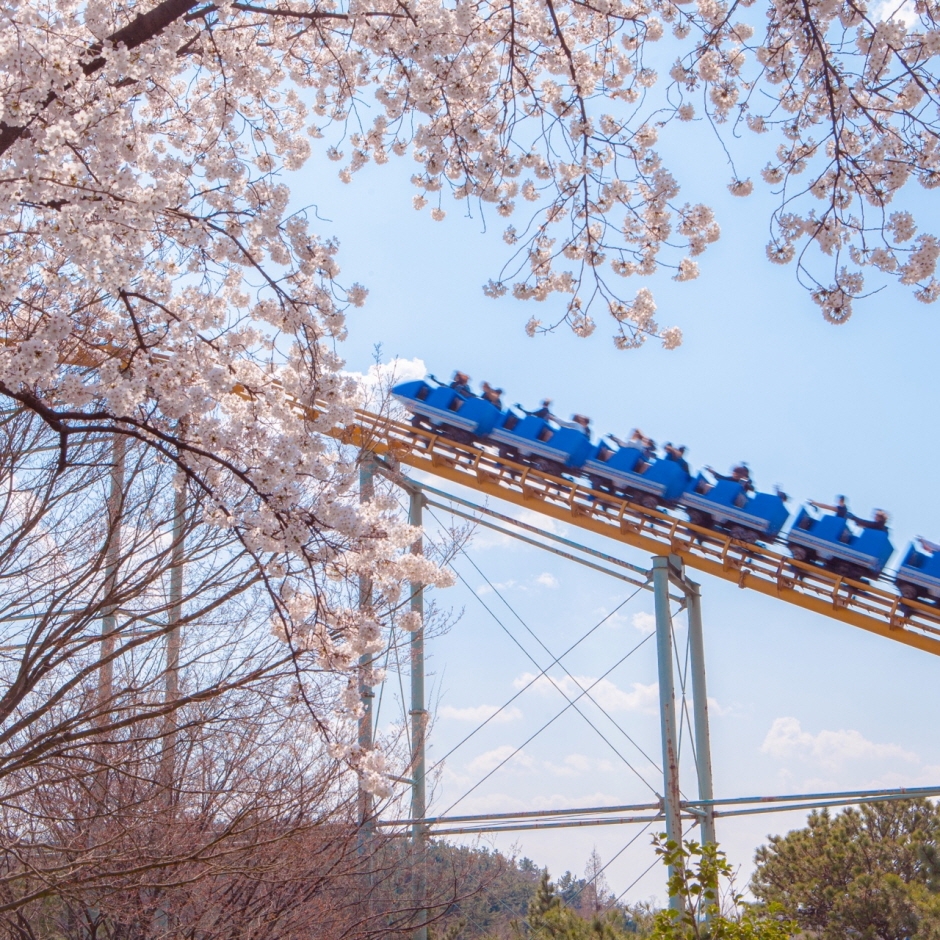
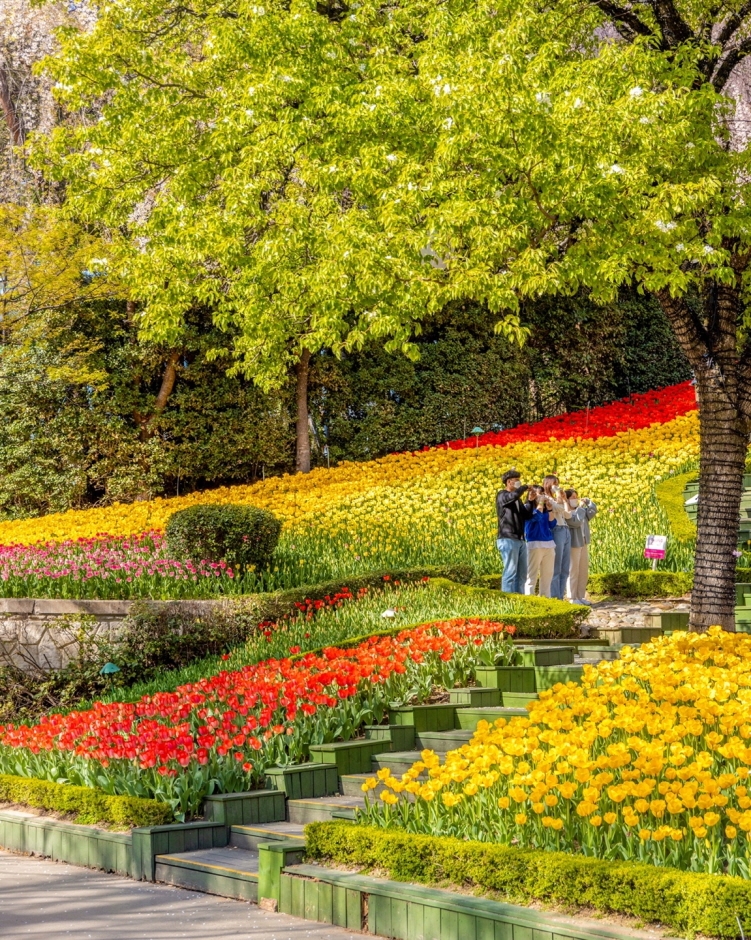
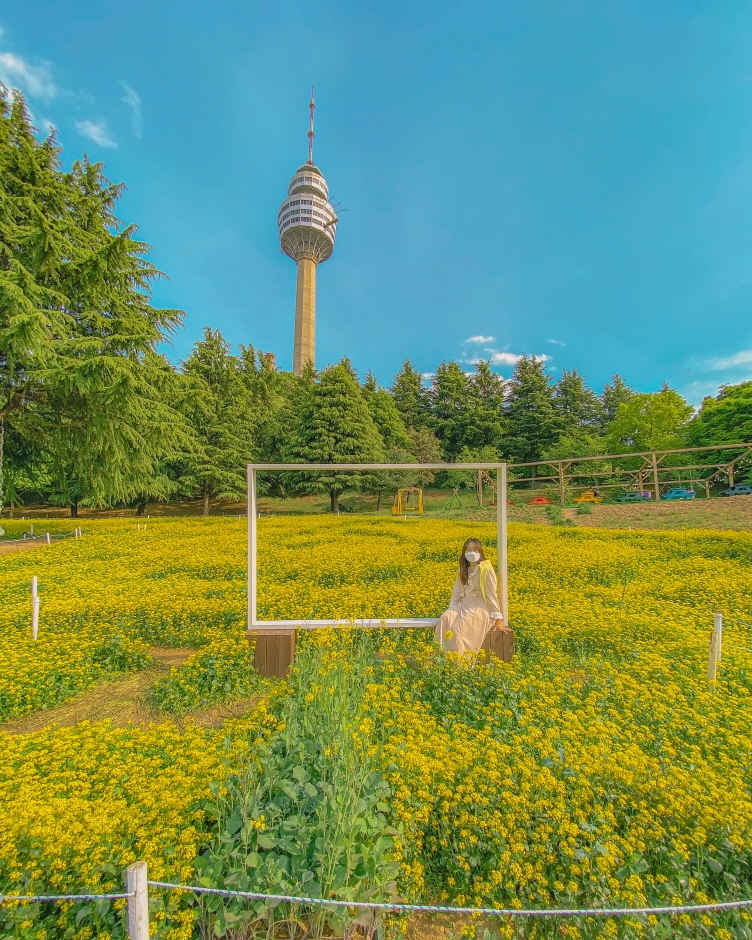
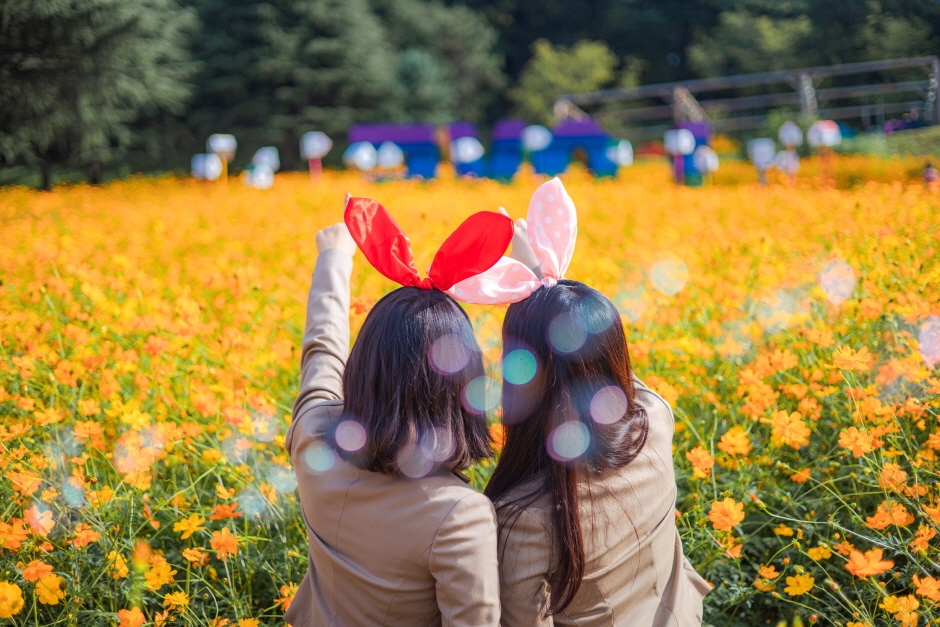
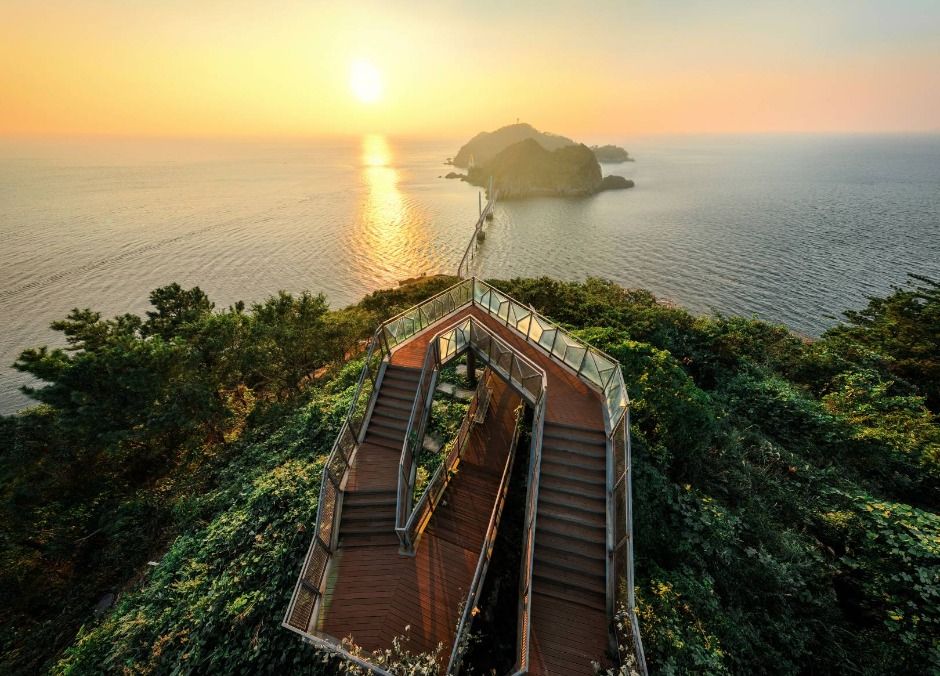
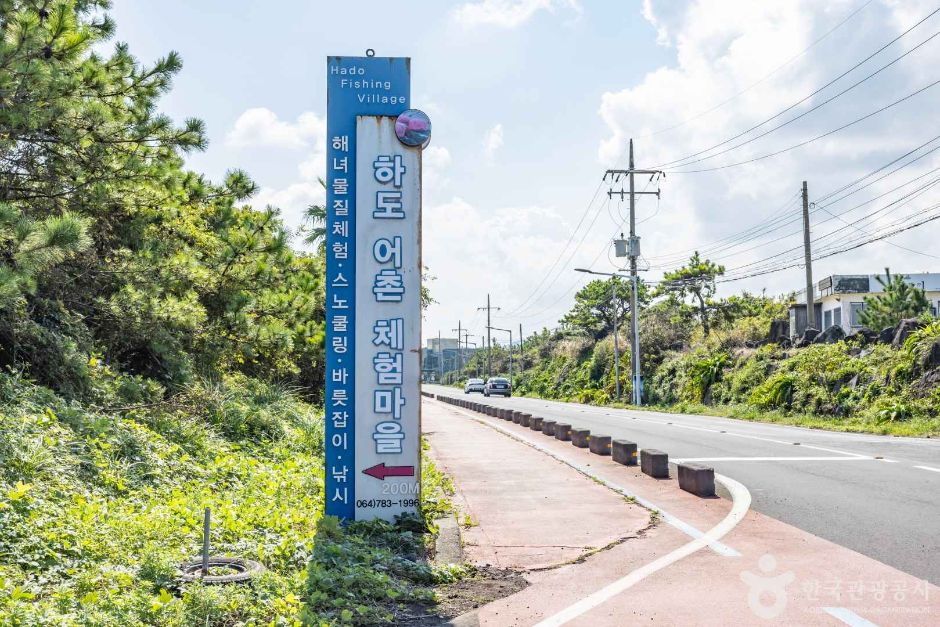
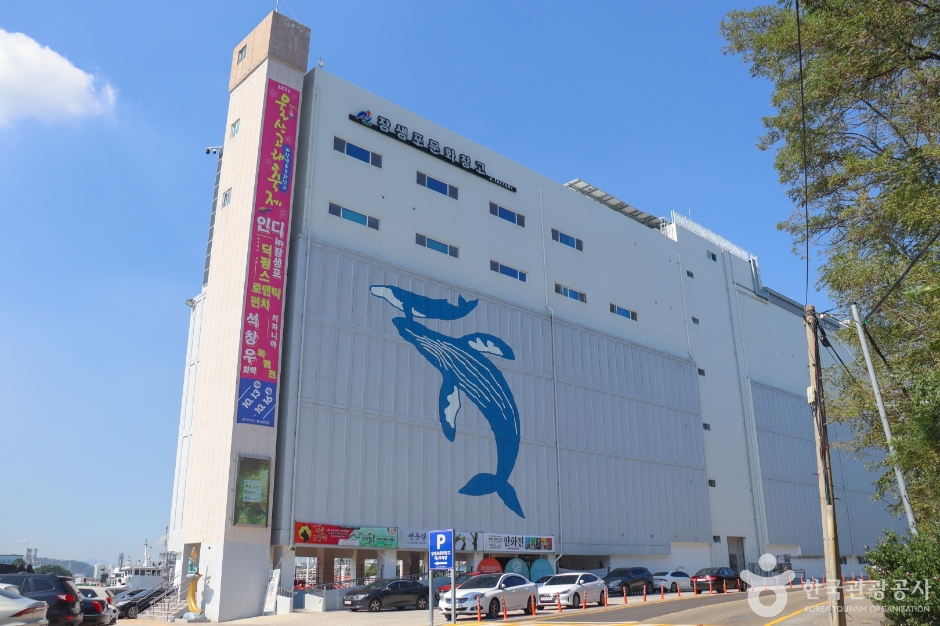
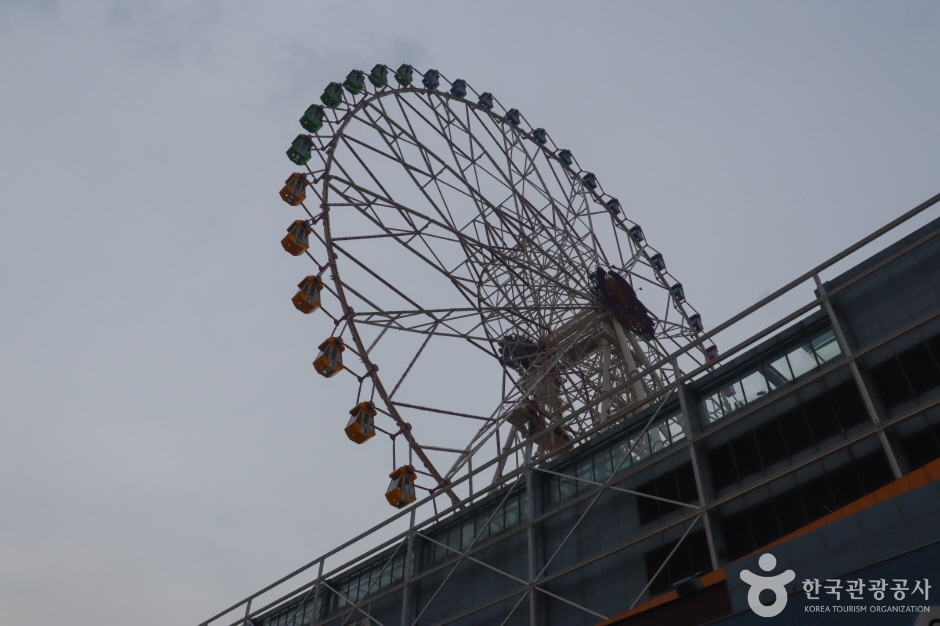

 English
English
 한국어
한국어 日本語
日本語 中文(简体)
中文(简体) Deutsch
Deutsch Français
Français Español
Español Русский
Русский